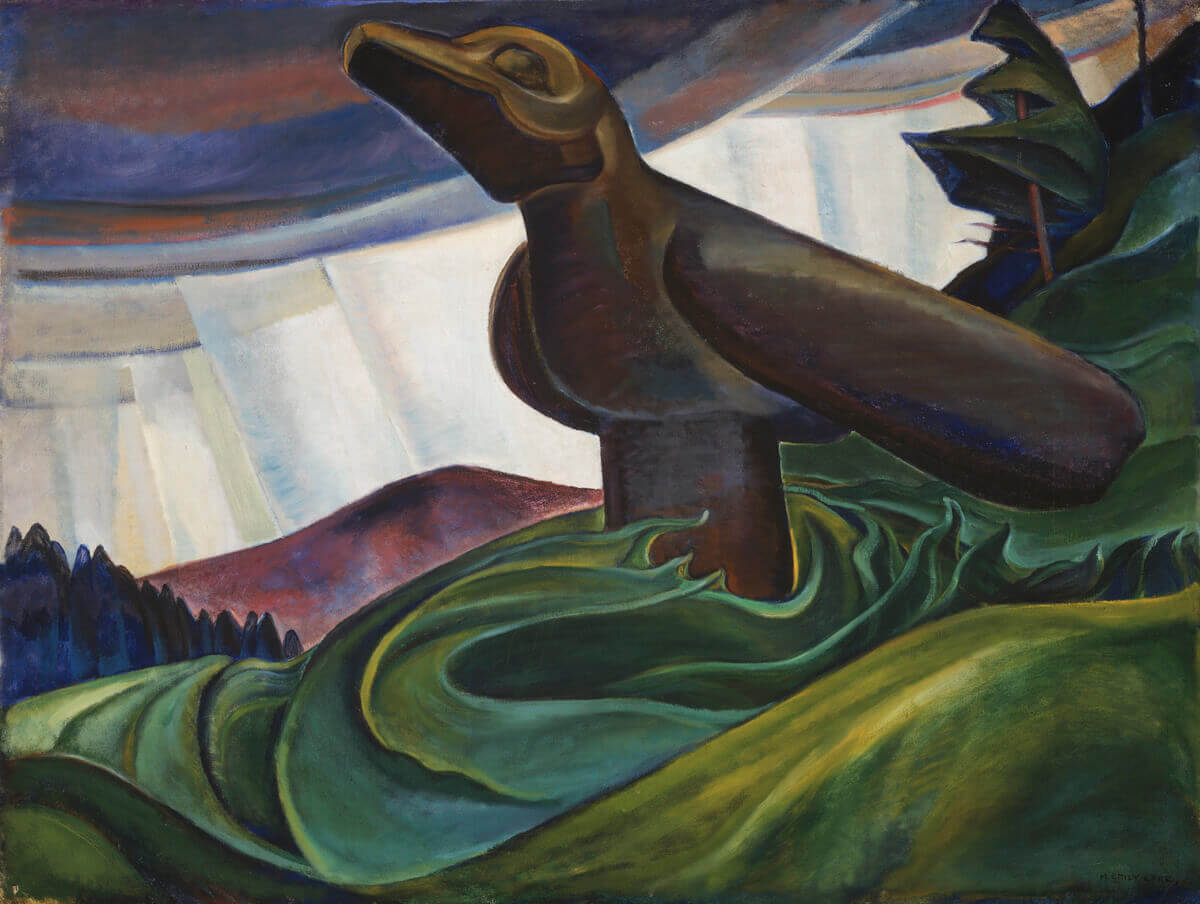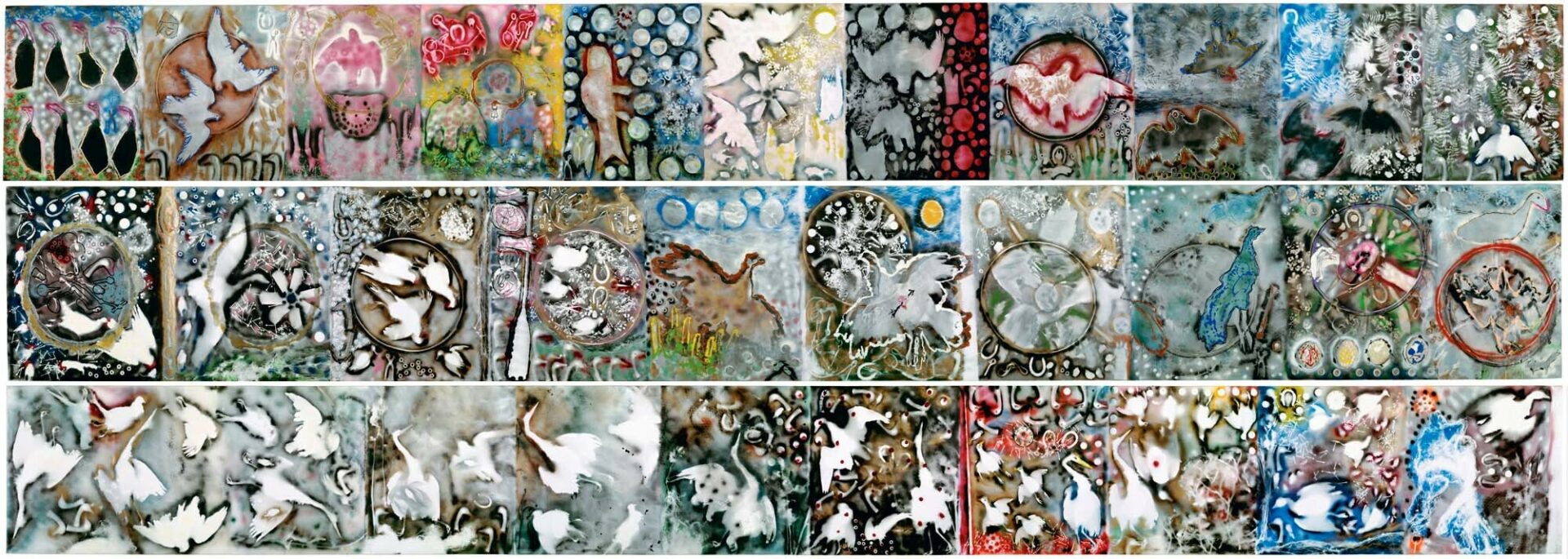Written by Janvi Sharma
Art has its roots in prehistoric times, with early forms being simple drawings, carvings, and paintings on natural surfaces. These artworks served various purposes, including communication, storytelling, religious rituals, and early education. Palaeolithic cave art, dating back tens of thousands of years, is some of the earliest evidence of human artistic expression. As human societies evolved, so did artistic techniques, styles, and mediums.
Art has played a crucial role in cultural expression, religious ceremonies, and documentation of history, diversified across civilizations, leading to a rich tapestry of artistic traditions worldwide. Art has also served as a means of self-expression, reflecting societal values, and a catalyst for innovation and creativity. It encompasses various forms such as painting, abstract, drawing, surrealism, sculpture (which are all of the ones I’ll be talking about), and more.
Today, art continues to evolve and adapt, reflecting the ever-changing nature of human experiences, perspectives, and technologies. It remains a vital part of human culture, serving diverse purposes from aesthetic enjoyment to social commentary and activism.
Painting
Painting is a visual art form where pigments or colours are applied to a surface using tools like brushes or palette knives. The artist creates images, patterns, and forms to convey emotions, ideas, or representations of the world.
Vincent van Gogh, a Dutch post-impressionist artist, is known for his vivid use of colour and thick brushwork, capturing the emotional intensity of his works like “Starry Night” and “Sunflowers.”
Emily Carr, a Canadian painter, was influential in early 20th-century Canadian art, showcasing the landscapes and indigenous cultures of British Columbia, Canada. Her works, like “Big Raven” and “Scorned as Timber, Beloved of the Sky,” showcase a deep connection to nature and the spirit of the Canadian wilderness.
Both artists left a lasting legacy, inspiring artists and art enthusiasts worldwide.

Starry Night – Vincent Van Gogh

Big Raven – Emily Carr
Abstract
Abstract art is a visual expression that uses shapes, colours, lines, and forms to convey emotions, sensations, and concepts. It is often influenced by artists like Wassily Kandinsky, a Russian painter who believed colours and forms had inherent emotional and spiritual qualities. Kandinsky’s works, like “Composition VII” and “Yellow-Red-Blue,” are characterised by vibrant colours, dynamic shapes, and rhythmic movement.
Jean-Paul Riopelle, a Canadian abstract painter, was associated with the Automatiste movement, which aimed to liberate artistic expression from traditional constraints. His works, like “Pavane” and “Hommage à Rosa Luxemburg,” are characterised by dynamic surfaces and controlled chaos. Both Kandinsky and Riopelle pushed the boundaries of artistic expression, emphasising the power of colour, form, and texture to communicate complex emotions and ideas.

Yellow-Red-Blue – Wassily Kandinsky

Hommage à Rosa Luxemburg – Jean-Paul Riopelle
Drawing
Drawing is a visual art form that involves creating images, patterns, and forms using various tools and materials like pencils, charcoal, ink, pastels, or digital devices. It is a fundamental form of artistic expression that can range from simple sketches to intricate artworks.
Albrecht Dürer, a German Renaissance artist, is known for his technical proficiency and anatomical accuracy in his drawings, such as “Praying Hands” and “Young Hare.”
Alex Colville, a Canadian artist, is known for his meticulous and realistic style, often depicting everyday scenes with a sense of mystery and tension. His work “Horse and Train” is an example of his distinctive approach, characterised by sharp lines and careful attention to detail.
Both Dürer and Colville demonstrate the power of drawing as a medium for precise observation and artistic expression, inspiring artists and art enthusiasts worldwide.

Praying Hands – Albrecht Dürer

Horse and Train – Alex Colville
Surrealism
Surrealism, an artistic and literary movement that emerged in the early 20th century, primarily in Europe, aimed to unlock the creative potential of the unconscious mind through irrational, fantastical, and dream-like elements in art. It often features unexpected juxtapositions, distorted imagery, and symbolic motifs to challenge conventional reality and explore the depths of the human psyche. Salvador Dalí, a renowned surrealist artist, is known for his eccentric personality and imaginative, dreamlike paintings, such as “The Persistence of Memory”.
Paul-Émile Borduas, a notable Canadian surrealist artist who created the painting “solitude du clown”. Was a key figure in the Automatiste movement, a group of Quebec artists who sought to liberate artistic expression from rational constraints. Borduas’ works often incorporate elements of automatism, a technique involving spontaneous, unpremeditated mark-making.
Surrealism continues to be an influential and captivating artistic movement, inspiring artists to explore the subconscious and challenge traditional notions of reality.

Persistence of Memory – Salvador Dalí
Solitude du Clown – Paul-Émile Borduas
Sculpture
Sculpture is a three-dimensional art form that creates physical objects using materials like stone, wood, metal, or clay. It occupies space and can be experienced from various angles, unlike two-dimensional art forms like painting or drawing.
Michelangelo Buonarroti, an Italian Renaissance sculptor, painter, and architect, is known for his masterpieces like the statue of David and the marble reliefs on Pope Julius II’s tomb.
Canadian artist Abraham Anghik Ruben is known for his stone carvings that incorporate elements of Inuit mythology, history, and cultural heritage. Sculpture has evolved over centuries, encompassing various styles, techniques, and materials.
Artists like Michelangelo and Ruben demonstrate how this art form can capture the human experience, cultural narratives, and the beauty of form in a tangible and enduring way.

Pietá – Michelangelo Buonarroti

Stone and Spirit – Abraham Anghik Ruben

Leave a Reply